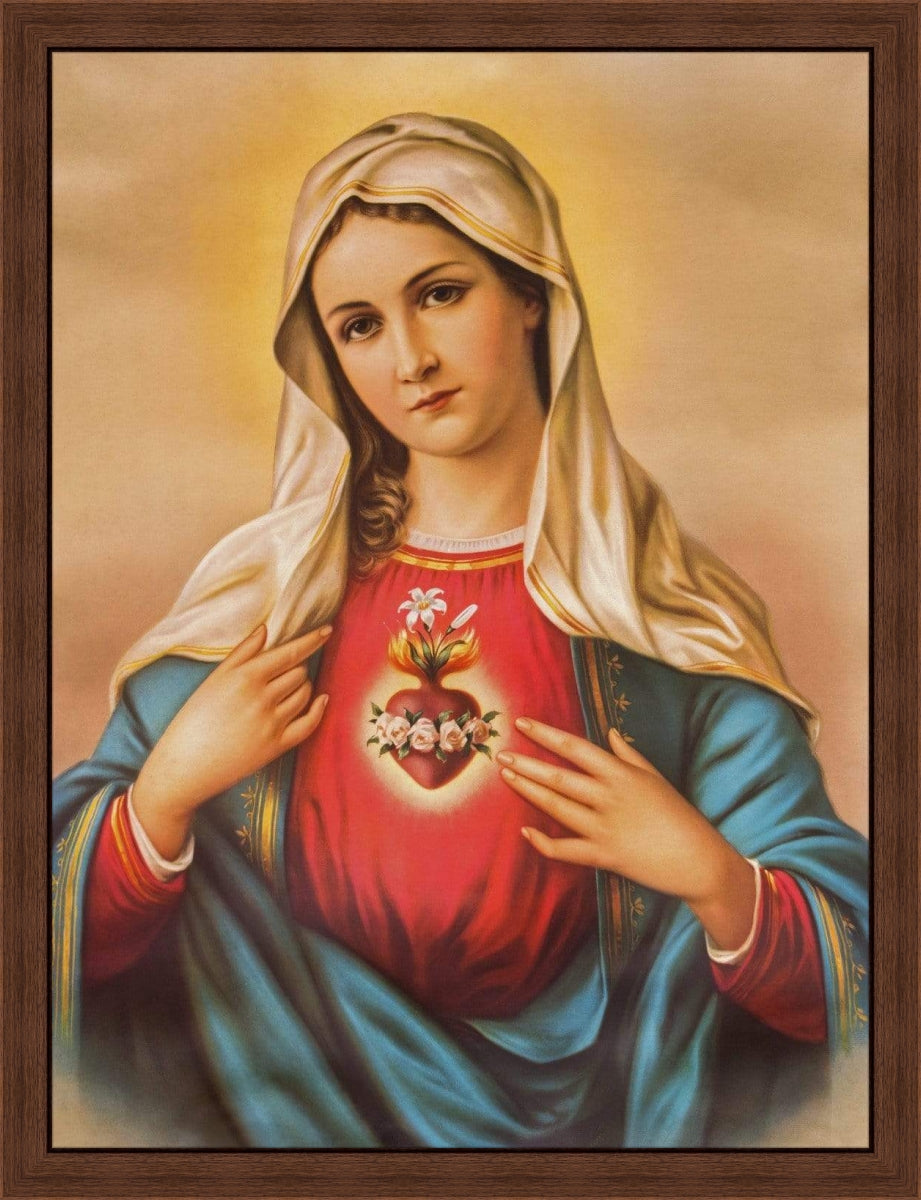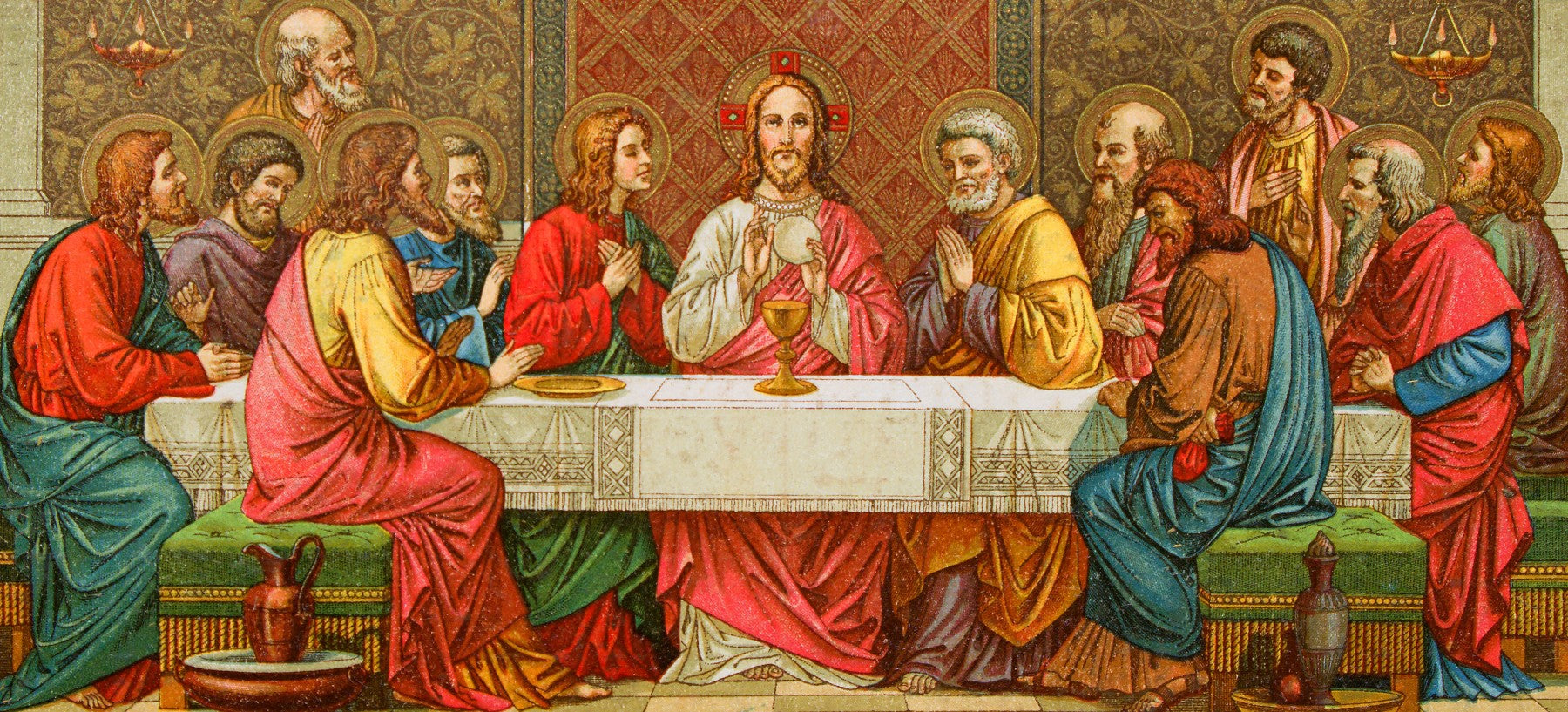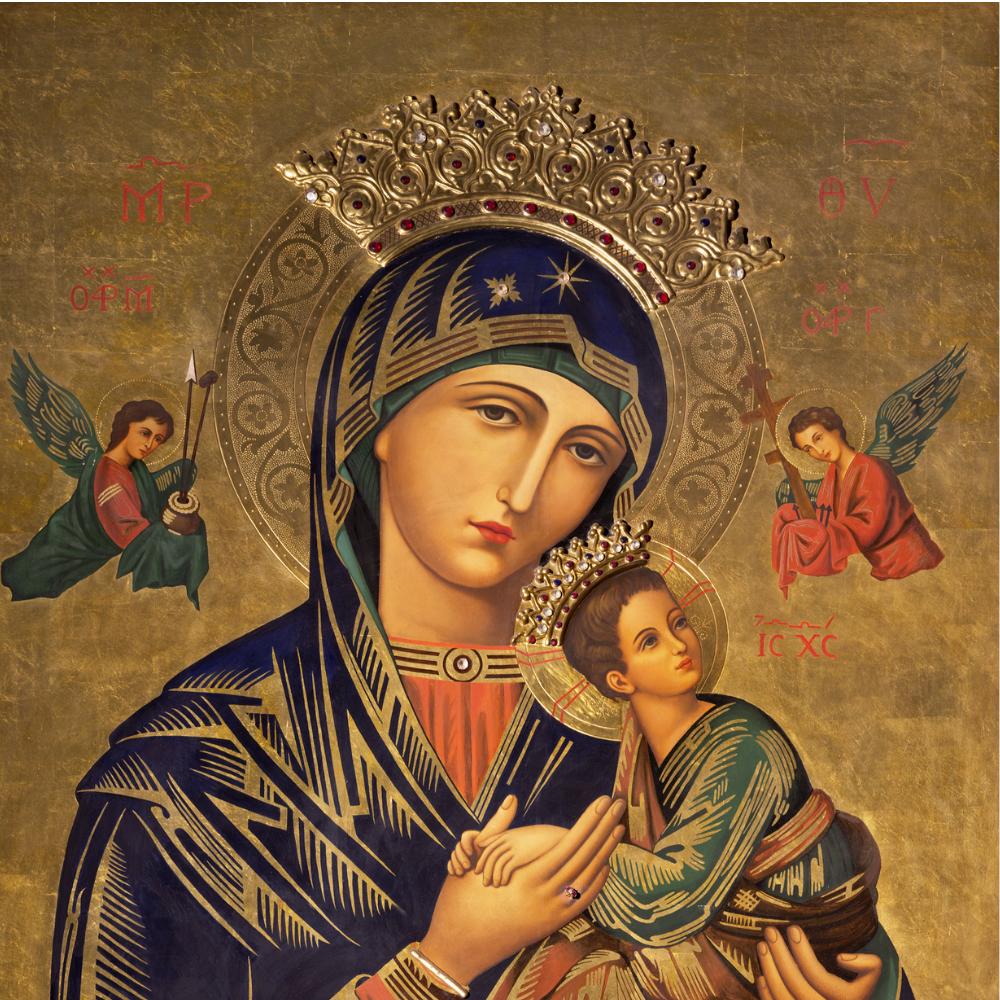Catholic Art and Iconography in India: A Fusion of Faith and Local Aesthetics
In a land known for its diverse cultures, rich artistic traditions, and vibrant spirituality, Catholic art in India has carved out a unique niche by blending biblical themes with indigenous art forms. Over the centuries, as Christianity took root in various parts of India, local artists began to express their faith in ways that resonated with the native visual language and cultural expressions. Today, this fusion is evident in the distinctive styles of painting biblical scenes and saints, and in the work of contemporary artists who continue to innovate by integrating Christian iconography with traditional Indian art.
A Historical Tapestry: The Arrival of Christianity in India
Christianity in India has ancient origins. Tradition holds that St. Thomas, one of the twelve apostles, arrived on the Malabar Coast in the 1st century AD, establishing the foundation for what would become the St. Thomas Christian community. Over the centuries, as the Church expanded and interacted with local cultures, the need to communicate biblical narratives and sacred stories led to a synthesis of religious iconography and local artistic styles.
Initially, early Christian art in India was influenced by Eastern Christian traditions and later by the European styles brought by Portuguese missionaries during the colonial era. However, despite these external influences, Indian artists retained elements of their indigenous visual vocabulary—vivid colors, intricate patterns, and symbolic imagery—that continue to characterize Catholic art in the country.
Unique Indian Styles of Painting Biblical Scenes and Saints
Indian art is renowned for its detail, symbolism, and vibrant color palettes. When applied to Christian themes, these characteristics bring biblical narratives and images of saints to life in a manner that is both accessible and deeply resonant with local audiences. Here are some of the key features that define Indian approaches to Catholic iconography:
1. The Use of Vivid Colors and Ornamentation
Indian painters traditionally favor bold, saturated colors that capture attention and evoke strong emotions. In paintings of biblical scenes, these hues not only bring dynamism to the narratives but also serve a symbolic function. For instance, the use of gold and deep red can signify divinity and sacrifice, while blues and greens might be used to represent serenity and nature—the very elements that echo God’s creation.
Ornamentation is another hallmark of Indian art. Elaborate decorative borders, intricate floral patterns, and delicate motifs often surround the central figures in these paintings. Such details are not mere embellishments; they are imbued with meaning and reflect the rich tapestry of Indian aesthetics, enhancing the spiritual impact of the work.
2. Fusion of Traditional and Christian Symbolism
One of the most fascinating aspects of Catholic art in India is how traditional Indian symbols are seamlessly integrated with Christian iconography. For example, the halo around a saint’s head might be rendered using the same stylistic techniques seen in traditional depictions of deities in Indian art. Similarly, the use of lotus motifs, which are common in Hindu and Buddhist art, can be found alongside depictions of biblical miracles, symbolizing purity and spiritual rebirth.
This fusion is not limited to decorative elements. Indian artists often reinterpret biblical narratives through the lens of local cultural traditions. A scene from the Passion of Christ might be depicted with an Indian landscape in the background, or a saint might be shown in attire that reflects regional clothing styles. These adaptations make the sacred stories more relatable and imbue them with a sense of local identity.
3. Narrative Detail and Expressive Faces
Storytelling is at the heart of both Indian art and the Bible. Indian paintings are known for their narrative detail, with every brushstroke and expression contributing to the overall story. In the context of Catholic iconography, this means that biblical scenes are often rich in detail and symbolism, inviting the viewer to delve deeper into the narrative.
Faces in Indian paintings tend to be highly expressive, conveying a range of emotions—from the serene compassion of Mary to the intense sorrow of Christ on the cross. These expressions serve as a bridge between the viewer and the divine, allowing for an empathetic connection to the spiritual message. The dramatic expressions and dynamic poses in these artworks encourage reflection on the emotional and spiritual dimensions of the biblical narratives.
Contemporary Artists: Blending Christian Themes with Local Art Forms
The tradition of Catholic art in India is not confined to the past. Contemporary artists are actively exploring new ways to express their faith while staying true to local artistic traditions. These modern creators are finding innovative means to reinterpret biblical stories and icons, addressing contemporary issues while maintaining a connection to the rich heritage of Indian art.
1. Revitalizing Traditional Techniques
Many contemporary artists are returning to classical methods, such as fresco painting, miniature painting, and mural art, to create works that speak to modern audiences. By employing traditional techniques, these artists pay homage to their cultural heritage while reimagining Christian themes for a new era.
For example, some artists create detailed miniatures that depict scenes from the life of Jesus or the lives of the saints, using techniques reminiscent of the Rajasthani and Mughal painting traditions. These works not only showcase technical mastery but also invite viewers to appreciate the continuity between the past and the present. The delicate brushwork, vibrant color schemes, and intricate detailing found in these miniatures serve as a testament to the enduring appeal of traditional Indian art forms.
2. Experimenting with Mixed Media
In addition to traditional painting techniques, many contemporary artists are embracing mixed media approaches to create dynamic, multi-dimensional works. Collage, digital art, and installations are increasingly used to explore the intersection of faith and modernity. By incorporating elements such as photography, fabric, and found objects, these artists are able to convey complex theological ideas in visually arresting ways.
For instance, an installation might combine video projections of biblical scenes with traditional hand-painted backdrops, creating an immersive experience that blends the tactile beauty of traditional art with the immediacy of modern technology. Such works are particularly effective in engaging younger audiences who may be more accustomed to digital media, thereby bridging generational gaps in the expression of faith.
3. Addressing Contemporary Social Issues
Another trend among contemporary Catholic artists in India is the use of art to address current social and ethical issues. While their works are rooted in biblical narratives, many artists draw parallels between ancient stories and modern challenges—such as poverty, injustice, and environmental degradation. By doing so, they reaffirm the timeless relevance of Christian teachings in the face of contemporary problems.
Artists like Fr. Xavier D'Souza and Sister Annemarie have gained recognition for their work that critiques modern societal issues while drawing on biblical inspiration. Their art challenges viewers to consider how faith can be a force for social change and encourages a dialogue between tradition and modernity. Through their thought-provoking pieces, these artists highlight the enduring call of the Gospel to care for the marginalized and work toward a more just society.
The Impact of Catholic Art in India
Catholic art and iconography in India do more than merely decorate church walls or gallery spaces—they play a crucial role in the spiritual lives of believers. Art has the power to evoke emotions, inspire contemplation, and communicate complex ideas in ways that words alone cannot. For many Indian Catholics, these artworks serve as visual catechisms, teaching stories of faith, sacrifice, and redemption.
1. Spiritual Renewal and Devotion
For the faithful, encountering art that blends local aesthetics with Christian narratives can be a profoundly moving experience. Images of Christ, the Virgin Mary, and the saints rendered in traditional Indian styles resonate deeply, as they reflect both a universal faith and a personal cultural identity. These works inspire prayer, meditation, and a renewed sense of devotion by connecting the spiritual with the familiar.
Churches and religious institutions across India often display such artworks prominently, using them as focal points for worship and reflection. The vivid imagery and expressive forms invite the congregation to look beyond the ordinary and engage with the divine mysteries in a visceral and immediate way.
2. Cultural Dialogue and Unity
Catholic art in India also serves as a bridge between communities. By blending Christian themes with local art forms, these works foster a dialogue between different cultural traditions, promoting mutual understanding and unity. In a country marked by diversity, art becomes a unifying language—one that transcends religious and cultural boundaries.
Exhibitions and art festivals that showcase contemporary Catholic art are not only platforms for artistic expression but also spaces for interfaith dialogue and cultural exchange. These events encourage conversations about faith, identity, and the role of art in society, contributing to a more inclusive and harmonious community.
3. Inspiring Future Generations
Perhaps one of the most significant impacts of Catholic art in India is its ability to inspire future generations of artists and believers. By seeing their traditions reimagined through contemporary lenses, young Catholics are encouraged to explore their creative talents and engage with their faith in new ways. Educational programs, workshops, and community projects centered on religious art provide opportunities for youth to learn about both their cultural heritage and their spiritual legacy.
These initiatives help to ensure that the rich tradition of Catholic art in India continues to evolve, nurturing a new generation of artists who are committed to expressing their faith through the universal language of art.
Conclusion: A Living Tradition of Faith and Art
Catholic art and iconography in India represent a living, evolving tradition where faith meets local aesthetics in a powerful and transformative dialogue. From the intricate miniatures that recount biblical tales to contemporary installations that challenge modern sensibilities, these artworks embody a synthesis of spiritual heritage and cultural expression.
As we have seen, Indian artists have masterfully woven together traditional techniques and modern innovations to create works that not only celebrate the beauty of the Christian narrative but also speak to the unique cultural identity of India. These artworks serve as a testament to the universal appeal of the Gospel, reminding us that faith can be expressed in myriad forms—each as vibrant and compelling as the next.
For those who encounter these works, whether in a humble chapel or a bustling gallery, there is an invitation to embark on a journey of reflection, inspiration, and spiritual renewal. In this fusion of Catholic tradition and Indian art, we witness a dynamic conversation between the past and the present—a conversation that continues to enrich the lives of believers and to inspire artists across generations.
As contemporary artists and traditional craftsmen alike continue to explore and expand this creative frontier, Catholic art in India remains a beacon of hope, unity, and artistic excellence. It challenges us to see beauty in diversity and to appreciate the profound ways in which art can express the deepest truths of our faith.


















